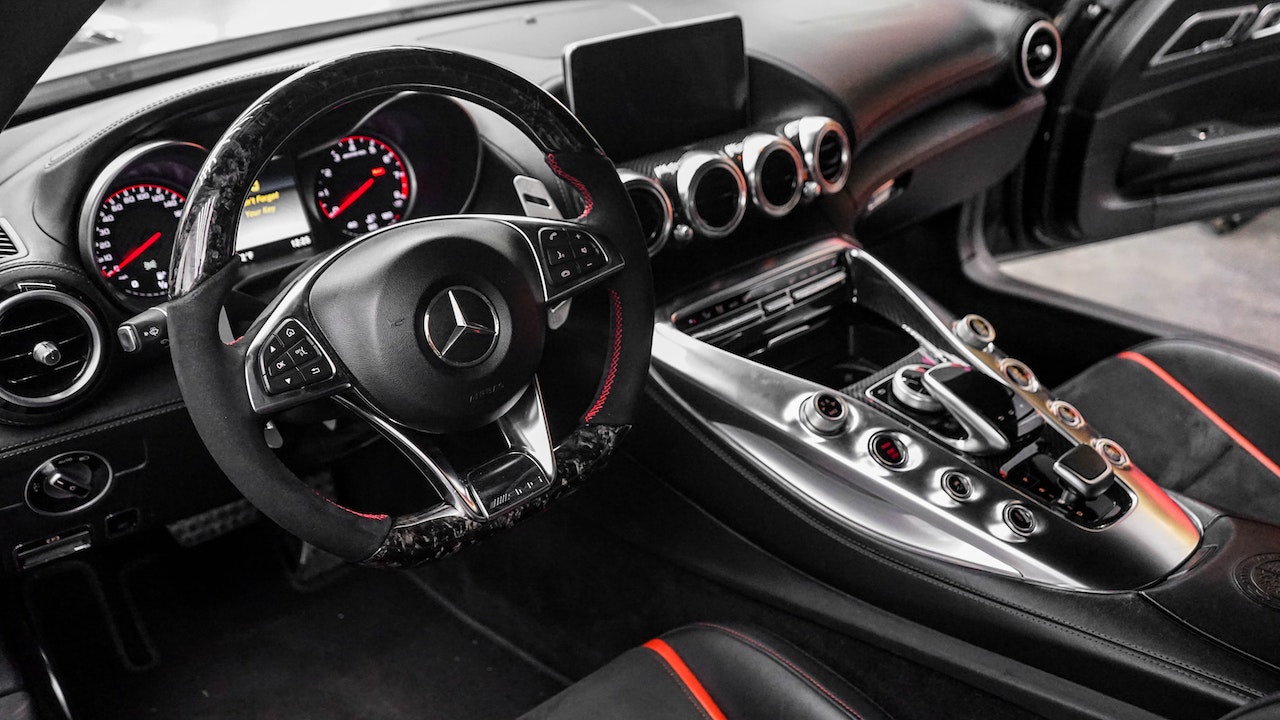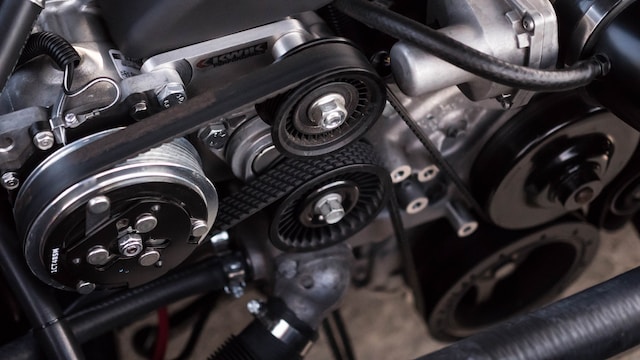It is true that taking the car to the workshop for an overhaul never finds the right moment. But it is also (even more so) than not doing so can lead to a breakdown and a higher bill. We review the 11 points that must always be checked to carry out preventive maintenance of the car.
The battery is the vehicle’s power source, an essential element that keeps the engine and electrical systems working. If its condition is not adequate, it could compromise our security.
It is estimated that 90% of car failures are due to deficiencies in the electrical system and that approximately 40% correspond to battery problems, many of these failures can be prevented if we do not forget to give it continuous maintenance and periodic reviews. This will prevent it from being discharged unexpectedly and will extend its lifespan.
Car headlights allow us to see and be seen, therefore it is mandatory to keep the lighting and signaling system in optimal conditions. Likewise, whenever any irregularity is detected, an expert mechanic should be consulted. We must also take into account the alignment of the headlights since a bad alignment can cause glare to drivers who circulate in the opposite direction.
There are four filters:
- oil filter
- air filter
- fuel filter
- cabin filter
It is important that each of them is free of dirt and particles so that the car does not suffer premature wear.
The filters are responsible for preventing all kinds of impurities from reaching the engine, so their good condition is very important so that each one of them performs its function properly. Filters in poor condition can cause anything from engine failure to unpleasant interior discomfort.
Filter failures are a source of problems to avoid, so a quick and inexpensive intervention will avoid all these problems.
The brake system is one of the main active safety elements of the vehicle. Together with the tires and shock absorbers, the brakes complete the “Safety Triangle”.
These three systems are closely related, and the failure of one system will affect the operation of the other system.
For the brake system to always function properly, it is necessary to keep the discs and pads in perfect condition, since these are friction materials that wear out with use and therefore require periodic maintenance and replacement. If when driving we observe symptoms such as noises or vibrations when braking, that the brake pedal sinks, is very hard, or loses braking capacity, traveling more distance than normal, we should have the vehicle reviewed as soon as possible.
The condition of the tires influences the handling more than any other element of the car since it is the only point of contact with the asphalt. We must bear in mind that if the tires do not have enough air or the rubber is worn, our bond with the road is fragile.
It is recommended to take into account the pressure recommended by the manufacturer and be inflated at least once a month, and always before a long trip. Riding with the correct pressure reduces the risk of damaging them, increases their useful life, and saves fuel.
Shock absorbers ensure driving comfort and safety because they help you drive the vehicle at high speeds and dangerous situations, and rely on the suspension to absorb uneven ground and ensure that the tires are always in place.
How to check the condition of the shock absorbers
Various factors progressively affect its correct operation: road conditions, vehicle load, mileage, as well as cold, heat, and humidity. Therefore, it is very important that they are checked promptly in a trusted workshop or in case of observing any alteration.
If these are out of adjustment, the car will not adapt well to the asphalt, which will cause, in certain situations, the tires to lose contact with the road, causing premature or uneven tire wear and less grip that makes driving unsafe.
The timing belt is the component responsible for synchronizing the four-stroke engine opening and closing valves and igniting spark plugs in gasoline or diesel engines.
This part deserves special attention due to its importance in the internal gear of the motor since its malfunction can generate a domino effect and affect other parts of it. Furthermore, its breakage can cause serious and expensive engine damage.
The best forecast is to replace it based on the deadlines recommended by the manufacturer and even change it preventively. The estimated life of the timing belt is stated in the car’s maintenance book, where a maximum mileage is recommended.
Lubricants minimize wear on engine parts, channel the metallic particles arising from this wear towards the filter, help cooling and prevent minute leaks in the circuit due to their sealing properties. Therefore, in addition to replacing it when indicated by the manufacturer (between 5,000 and 30,000 kilometers, depending on the model), its level must be checked frequently.
How to avoid an engine breakdown due to oil
At least once a month and always before a long trip. If the level is low, the most appropriate is to go directly to the workshop and ask for an oil change. Older vehicles generally consume more lubricant than expected, in this case, it is advisable to change every few kilometers.
The coolant fulfills a fundamental mission among car fluids: on the one hand, it is responsible for preventing the water in the circuit from freezing and on the other for expelling part of the heat generated by combustion, thus avoiding dangerous overheating. Excessive temperatures can melt the piston and even cause a dangerous internal explosion.
How to reduce the temperature of a car engine
Coolant is usually composed of distilled water and concentrated antifreeze, which also ensures that the liquid will not freeze and damage the circuit in winter. High boiling point and low freezing point, as well as corrosion and antifouling properties. Its level should be checked regularly and replenished when necessary.
90% of the information we need to drive is received through our eyes, therefore it is crucial to have good visibility while driving. Not in vain, many of the accidents happen with poor vision conditions and under adverse weather conditions, so it is important to keep them clean and keep the brush rubbers in perfect condition.
The wiper blades are made of rubber, and therefore sudden changes in temperature, long exposures to the sun, and the passage of time play against them. It is normal for the rubber to deteriorate, deform or harden the rubber and therefore from Confortauto we recommend changing the brushes every 6 months. It is an inexpensive spare part that will guarantee us the visibility we need to drive safely.
It is important to carry out a regular review of all the components of the exhaust system of our vehicle since its proper functioning will have a direct impact on our safety, our pocketbook, and the environment.



